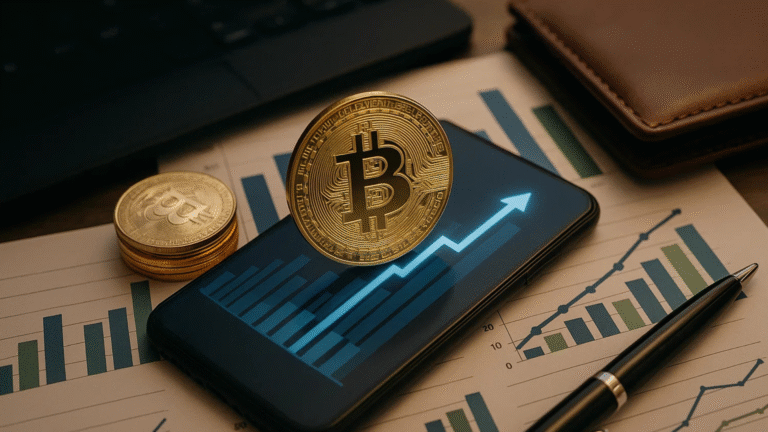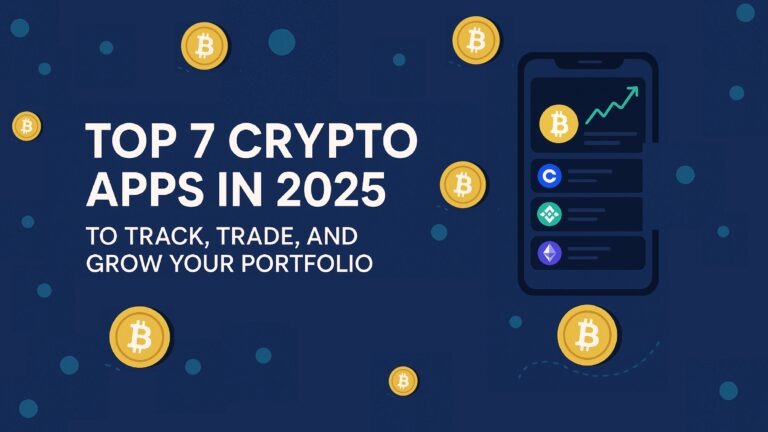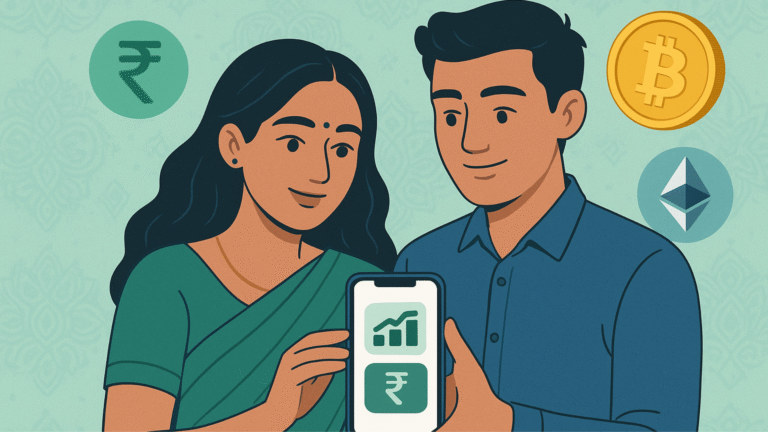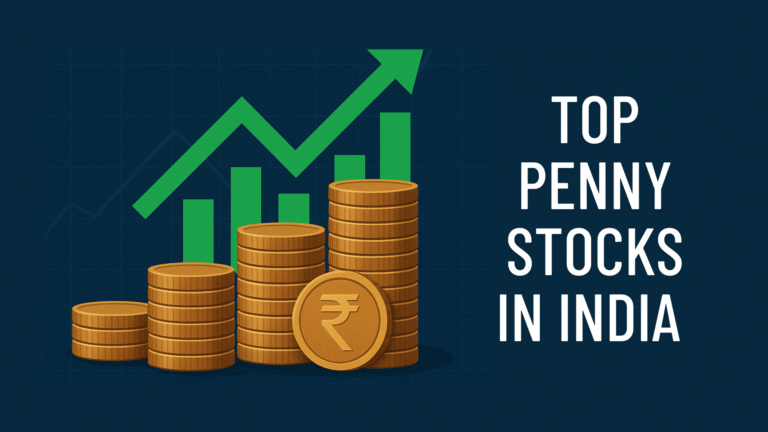The Power Paradox: Why Resource-Rich Himachal Still Pays High Electricity Bills
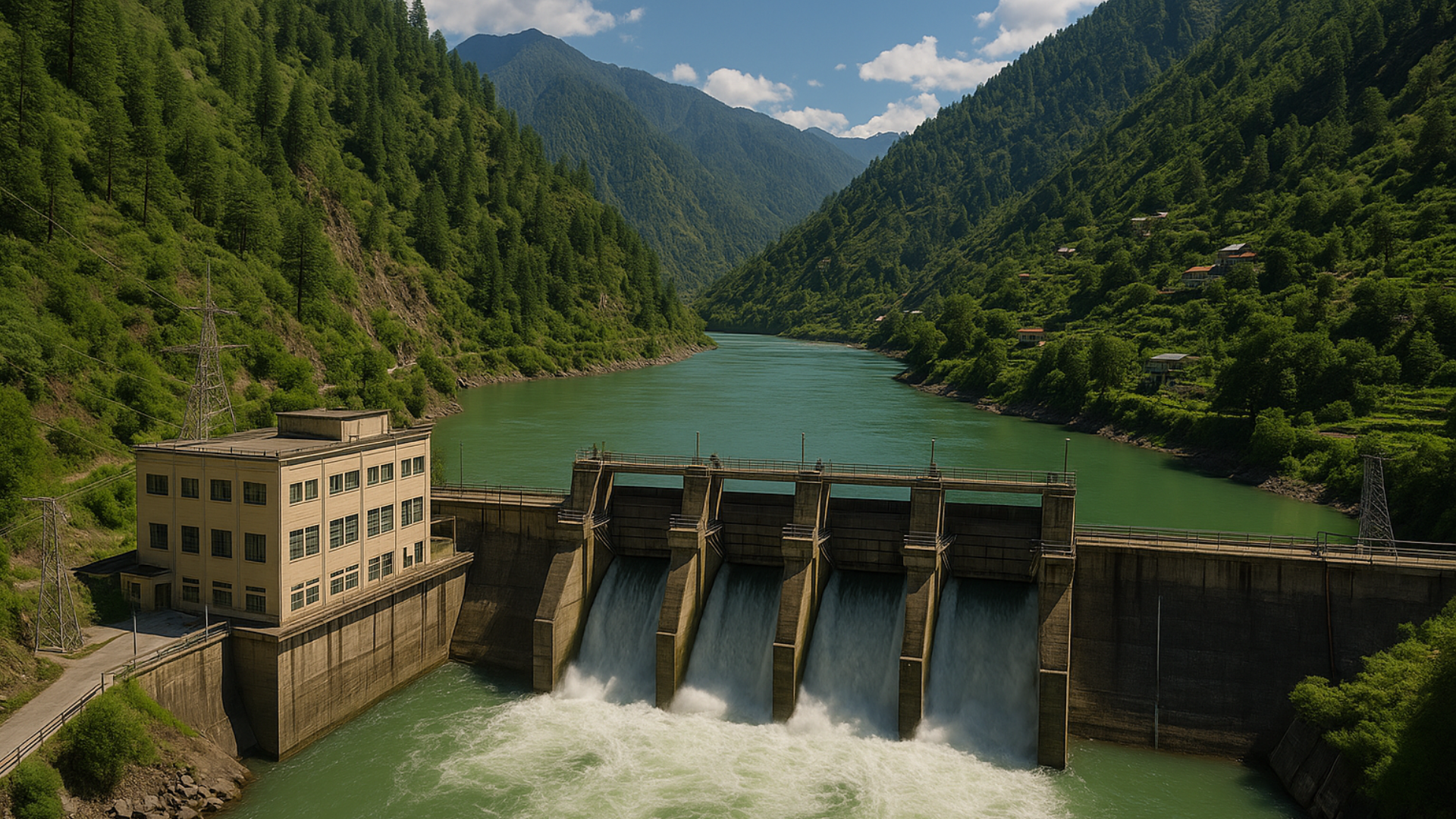
Himachal Pradesh known as the “Power State” exports electricity to other parts of India and earns over ₹600 crore annually. Yet, the same state ends up buying back electricity at higher prices, often spending over ₹400 crore more than it earns.
It’s like selling your crops cheap, then buying your food back at double the price. In the middle of all this? The people. Paying the price for a system that looks efficient on paper but fails in real life.
Himachal – A State That Generates, But Still Buys
Himachal Pradesh’s mountainous terrain and river networks make it a natural powerhouse.Himachal Pradesh built several hydroelectric projects, generating clean energy and actively selling much of it to power-hungry states like Punjab, Delhi, and Rajasthan.. These exports form a crucial revenue stream.
However, the paradox lies in its own citizens’ experience. Despite being a power-rich state, Himachal Pradesh often ends up buying electricity during peak demand months especially in winter, summer, or dry seasons when river flows drop and hydroelectric generation slows down. This seasonal mismatch forces the state to purchase power from the open market, where rates in 2024 and 2025 have often ranged between ₹6 and ₹9 per unit. Meanwhile, Himachal continues to export its own electricity at outdated contract rates of just ₹2–₹3 per unit. The result? A financial shortfall of nearly ₹400 crore a year an invisible cost passed on to the public through higher electricity bills.
It begs a critical question:
“We generate power for the nation so why can’t we light our own homes affordably?”
Why This Happens – A Systemic Financial Problem
1. Legacy Power Purchase Agreements (PPAs)
Many long-term PPAs were signed decades ago when the energy pricing system was very different. These deals locked Himachal into selling electricity at extremely low rates (₹2–₹3/unit) for extended periods. Meanwhile, buying back electricity from the market now costs ₹6–₹9/unit. Renegotiating these contracts is legally difficult and politically sensitive, as buyer states resist changes.
2. Lack of Energy Storage & Seasonal Mismatch
Hydropower isn’t consistent year-round. River flows are strong during monsoons but dip sharply in winters and dry months. Without adequate storage (like pumped-hydro or battery systems), Himachal can’t save excess energy for tougher months. This forces the state to buy expensive electricity during shortages.
3. Grid Priority Over Local Need
India’s national grid follows a “first-dispatch” model. That means energy from Himachal often flows directly to other states instead of serving local needs first. Even if Himachal produces electricity, its own villages and towns don’t always get access when demand spikes.
4. Infrastructure Gaps Within the State
Power generation happens mostly in upper Himachal. But districts like Una, Hamirpur, or Kangra still suffer due to weak distribution systems or insufficient local generation. So even though the state creates power, some regions must rely on costly external sources.
5. Weak Distribution Company (HPSEBL) Health
Himachal’s electricity distribution company often faces financial issues due to inefficiencies, subsidies, and power theft. These lead to higher tariffs and additional strain on citizens’ wallets.
Himachal Is Not Alone – This Power Problem Is Global
1. Jharkhand (India): Resource-Rich, Energy-Poor
Jharkhand has vast coal reserves, yet many of its villages still suffer from blackouts. Like Himachal, its resources are exported while its people remain underserved.
2. Rajasthan (India): Solar Giant, Local Struggles
Rajasthan produces massive solar power, but rural areas still face energy poverty. Much of its clean energy is used by other states or big corporations.
3. Nigeria: Oil-Rich but Powerless
Nigeria is Africa’s largest oil producer. Yet, due to lack of local refineries, it imports fuel and suffers energy shortages. Citizens pay high prices for resources taken from their own land.
4. Democratic Republic of Congo: Minerals, Not Electricity
The DRC holds key minerals like cobalt and copper. But its people remain poor and without power, as raw materials are exported without local benefit.
5. Indonesia: Global Supplier, Local Crisis
Indonesia exports coal and palm oil globally. Still, many of its islands have limited access to affordable electricity and suffer environmental damage.
This isn’t merely a local governance issue. It’s a profound global financial inefficiency where the mechanisms of resource extraction, pricing, and distribution fail to prioritize the well-being and energy security of the very communities that host these critical resources.
Who Pays the Price?
When systemic financial inefficiencies like these persist, it’s rarely the powerful or the privileged who bear the brunt. The costs are invariably offloaded onto the most vulnerable segments of society, silently eroding their financial resilience:
- Poor Households: For low-income families, electricity bills aren’t just another bill they’re a heavy burden. Often, they must choose between keeping the lights on or putting food on the table. Higher tariffs mean less money for essential needs like food, education, or healthcare.
- Farmers: Agriculture, especially modern farming, is highly dependent on electricity for irrigation, cold storage, and processing. Increased power costs directly translate to higher production costs, impacting food prices and further squeezing already struggling farmer livelihoods.
- Small Shopkeepers and Cottage Industries: For small businesses, every rupee counts. Rising electricity bills cut directly into their already thin profits. Many can’t afford to expand, invest, or even survive hurting not just their families but the entire local economy.
- Urban Salaried People: In cities, rising electricity bills quietly eat into middle-class incomes. Many households now spend 20–25% of their monthly earnings on utilities alone. That leaves little room for saving, investing, or even enjoying basic comforts weakening long-term financial stability without anyone noticing.
The grim reality is stark: The rich often secure subsidies for large-scale energy projects or benefit from favorable long-term contracts. Meanwhile, the poor and middle class are left to grapple with escalating billing notices and the silent erosion of their financial security.
What Can Be Done (Not Just Complaint)
We don’t just want to point fingers—we want to point toward progress. The system may be flawed, but there are ways to make it better. Here’s how states like Himachal—and people like us—can push for real change.
1. Prioritize Local Use First
Why should locals pay more for power they help generate?
There must be strong policies that ensure at least 30–50% of electricity generated in a state is first reserved for local needs at lower, fair rates. Only the surplus should be sold outside. This isn’t charity it’s smart economics and energy justice.
2. Invest in Small-Scale, Local Power Projects
Every village doesn’t need a dam but it might need a solar roof.
Himachal should support mini solar grids, micro-hydro plants, and local battery storage systems in regions like Una, Hamirpur, and Kangra. These are faster, cleaner, and more flexible than waiting for mega-projects or buying overpriced power from outside.
3. Transparent Pricing for Every Unit
Do you know what you’re actually paying for?
Create easy-to-read pricing charts and public audits of power generation, purchase, and resale agreements. Citizens should be able to see:
- How much is being generated
- Who it’s being sold to
- At what price
- And what we’re buying (and at what cost)
Transparency builds trust and exposes leaks in the system.
4. Live Dashboards: Let People Track the Flow
Data isn’t power unless it’s shared.
Just like we track our phone data or mobile bill, citizens should be able to track state electricity production and flow in real-time. Imagine an app that shows:
- How much your area is generating
- How much is being sent to other states
- How much is being bought and the rate
This single move can change how people talk about energy and demand accountability.
5. Teach Smart Energy Use, Not Just Supply
We waste more than we realize.
From small homes to big buildings, we can cut demand by 10–20% just through energy-efficient appliances, insulation, and smarter habits. Launch campaigns that:
- Reward low-usage households
- Promote LED, inverter appliances, and efficient wiring
- Educate families about peak hours and savings tricks
Less demand = less pressure = lower bills.
CrunchyFin’s Stand – Asking Questions Is Financial Help Too
At CrunchyFin, we’re not activists in the traditional sense. We’re not political pundits seeking a specific party’s victory.
We are, however, financially awake people who believe that true financial well-being isn’t just about managing your personal budget or picking the right stock. It’s about understanding the macro and micro forces that shape your financial reality, often invisibly.
When we see situations like Himachal Pradesh a state generating power, contributing significantly to national energy supply, and yet suffering from high utility costs for its own citizens we’re compelled to ask:
“If we pay taxes, generate power, and still suffer financially what’s the missing piece in our economic puzzle?”
We encourage you to ask these uncomfortable questions in your own communities and about the systems that govern your daily expenses, from electricity to water, fuel, and beyond. Understanding these broader financial dynamics is, in itself, a powerful form of financial guidance. It helps us advocate for fairer systems, demand greater transparency, and ultimately, make more informed decisions about our own money and the communities we live in.

